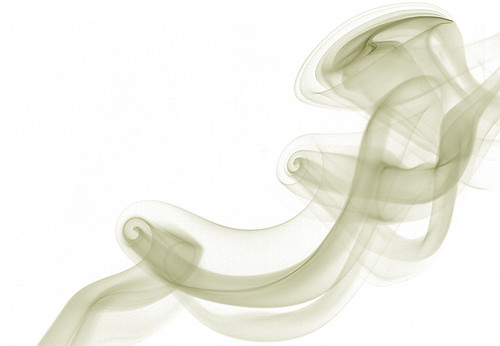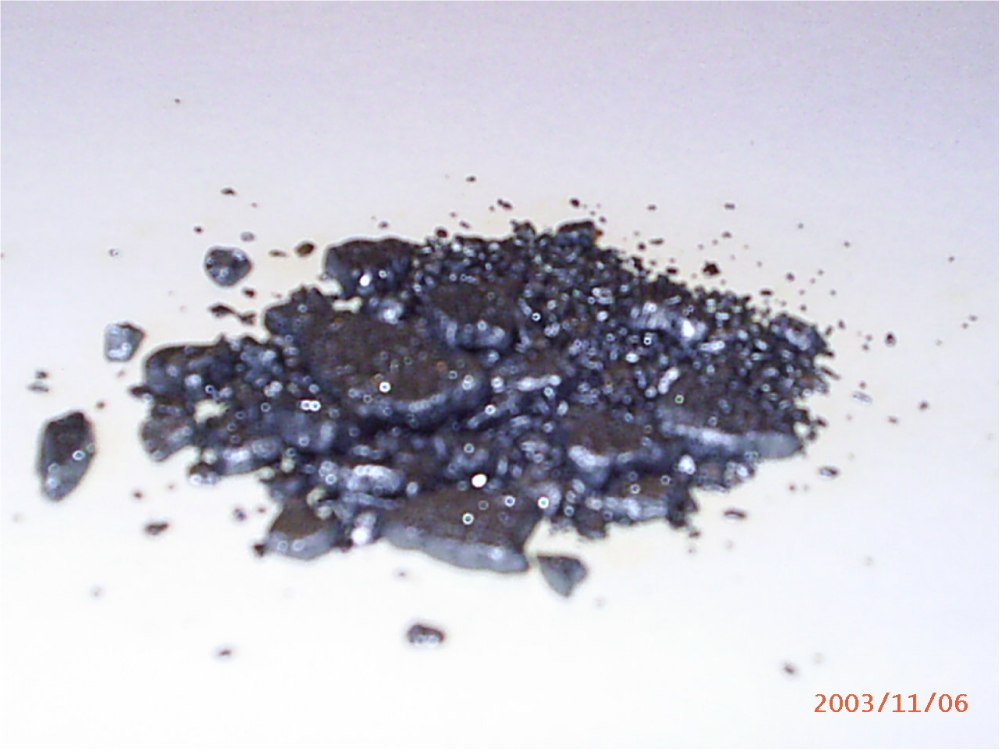
I had no idea that there were so many causes of luminescence. I figured it was some chemical reaction which caused it. It seems that there are quite a few causes, some chemical, some mechanical (imagine that!) and some just 'cause they wanna.
Fluorescence and Photoluminescence are luminescence where the energy is supplied by electromagnetic radiation.
Chemiluminescence is luminescence where the energy is supplied by chemical reactions. This one I knew about already.
Bioluminescence is luminescence caused by chemical reactions in living things; it is a form of chemiluminescence
Electroluminescence is luminescence caused by electric current.
Cathodoluminescence is electroluminescence caused by electron beams.
Radioluminescence is luminescence caused by nuclear radiation.
Phosphorescence is delayed luminescence or "afterglow".
Triboluminescence is phosphorescence that is triggered by mechanical action or electroluminescence excited by electricity generated by mechanical action.
Thermoluminescence is phosphorescence triggered by temperatures above a certain point.
Optically stimulated luminescence is phosphorescence triggered by visible light or infrared.
Now I know all these causes of luminescence. Hooray!








